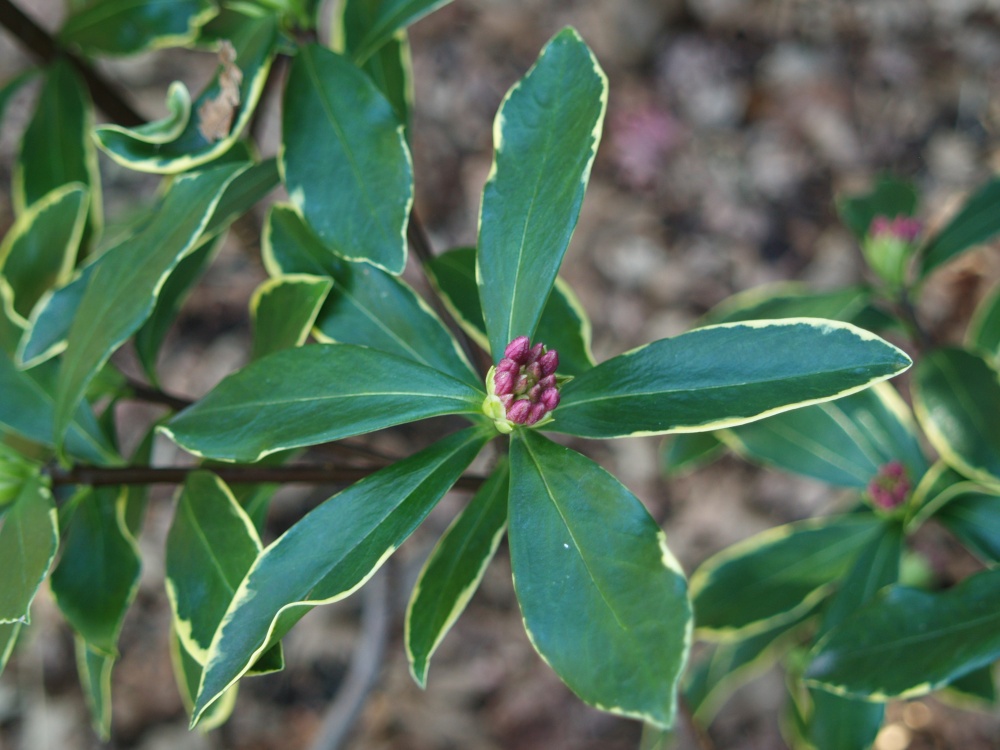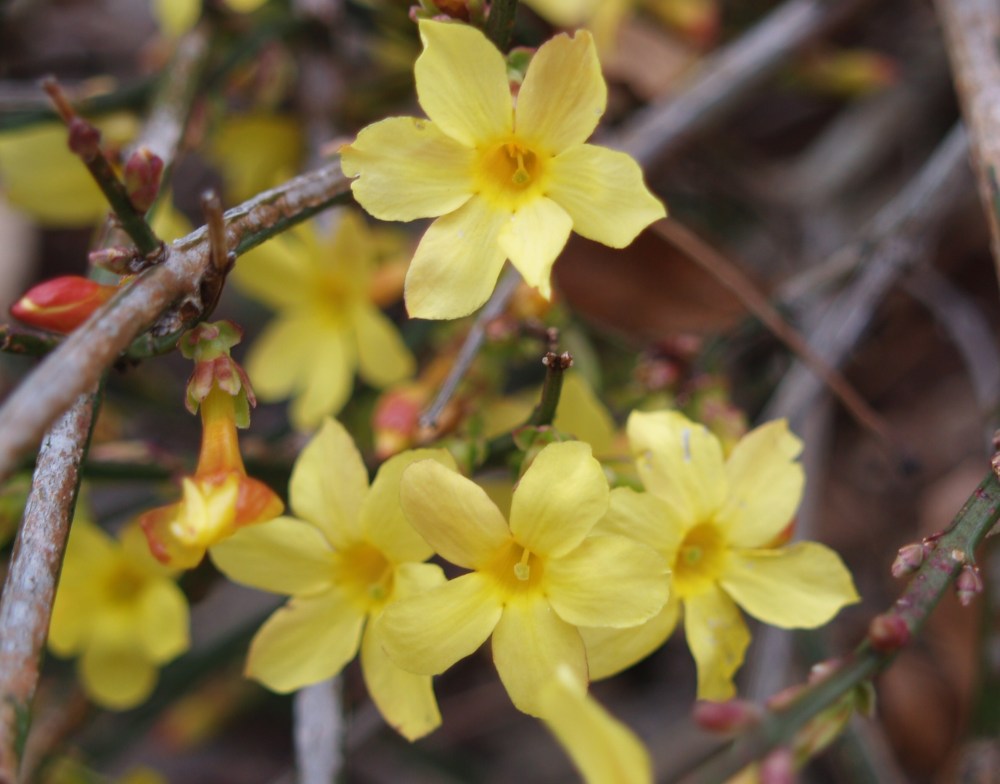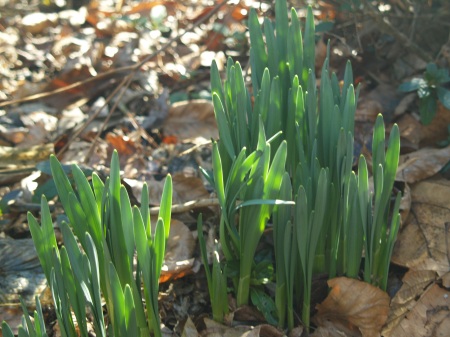Listening to shivering co-workers, the recent period of cold must be the second coming of the Ice Age. Instead, these temperatures are quite ordinary for January, and not extreme at all. I’ll exercise restraint and not tell the long and probably boring stories of extreme temperatures from thirty years ago, but it must be noted that the recent cold is not unusual at all. If all goes according to normal there should be several days this winter still to come when overnight temperatures drop another eight or ten degrees colder. And, that will still qualify this winter as warmer than average, even the recent much warmer than normal average.
How does the recent cold effect the garden? Not much, unless you have left tropical elephant ears and bananas out for the winter. I’ve left a few of each outdoors, but only because I haven’t enough space to move everything inside any longer. The number of potted tropicals I bring indoors for the winter, and then move back outdoors in May has gotten to be quite a chore, so each year a few are left behind to parish. Except, with our recent warm winters, sometimes they don’t die. The past few years a few elephant ears in pots or in the ground have been left behind to die, but they’ve come back in late spring.
Much further to the south sudden spells of cold can be a problem if plants are not fully dormant, but in the mid-Atlantic region temperatures in late autumn are sufficiently cold to assure dormancy for most plants. A few plants show signs of life in January, winter flowering shrubs and bulbs, and it’s not unusual to see daffodil foliage breaking ground early. But, these are well adapted to the cold, so there’s little danger to them from extended periods of cold.
I was in downtown Baltimore a few weeks ago (during a period of mild temperatures), and noticed that Knockout roses planted along the streets were not totally dormant, but these typically hang on late into the autumn, so I don’t expect they’ll be shocked by temperatures colder than what we’ve had so far. A bit further outside town, plants are dormant, except for ones that are supposed to stir to life in mid winter. Unquestionably, some are stirring a bit earlier than in a colder winter, but witch hazels, winter jasmines, and hellebores are well suited to flowering in the cold, so there’s not a thing to be concerned about.
My daffodils that normally bloom in February started blooming mid-January this year. The blooms haven’t held up well in the snow and cold.
Great post, thanks. I am jealous. Here in Boston there will always be at least a couple of months with no flowers at all. I’ve never seen anything in my garden flower before early March — not hellebores, not daffodils, not the Cornus mas. If I had room for a witch hazel I could probably shave a few weeks off the fallow period, but even then it would be many long weeks. Mahonias and camellias don’t do well here, alas…
Until recent years there was always a gap of a month or longer when there were no flowers in the garden. But, I’ve planted with that in mind, and the weather has changed. Now, there are not only blooms in the garden every day, but at least a few plants that are flowering. The mid-Atlantic region is a wonderful place to garden, just warm enough for some southern plants, and cold enough for a dependable number of cooling days and for some exceptional northern plants.